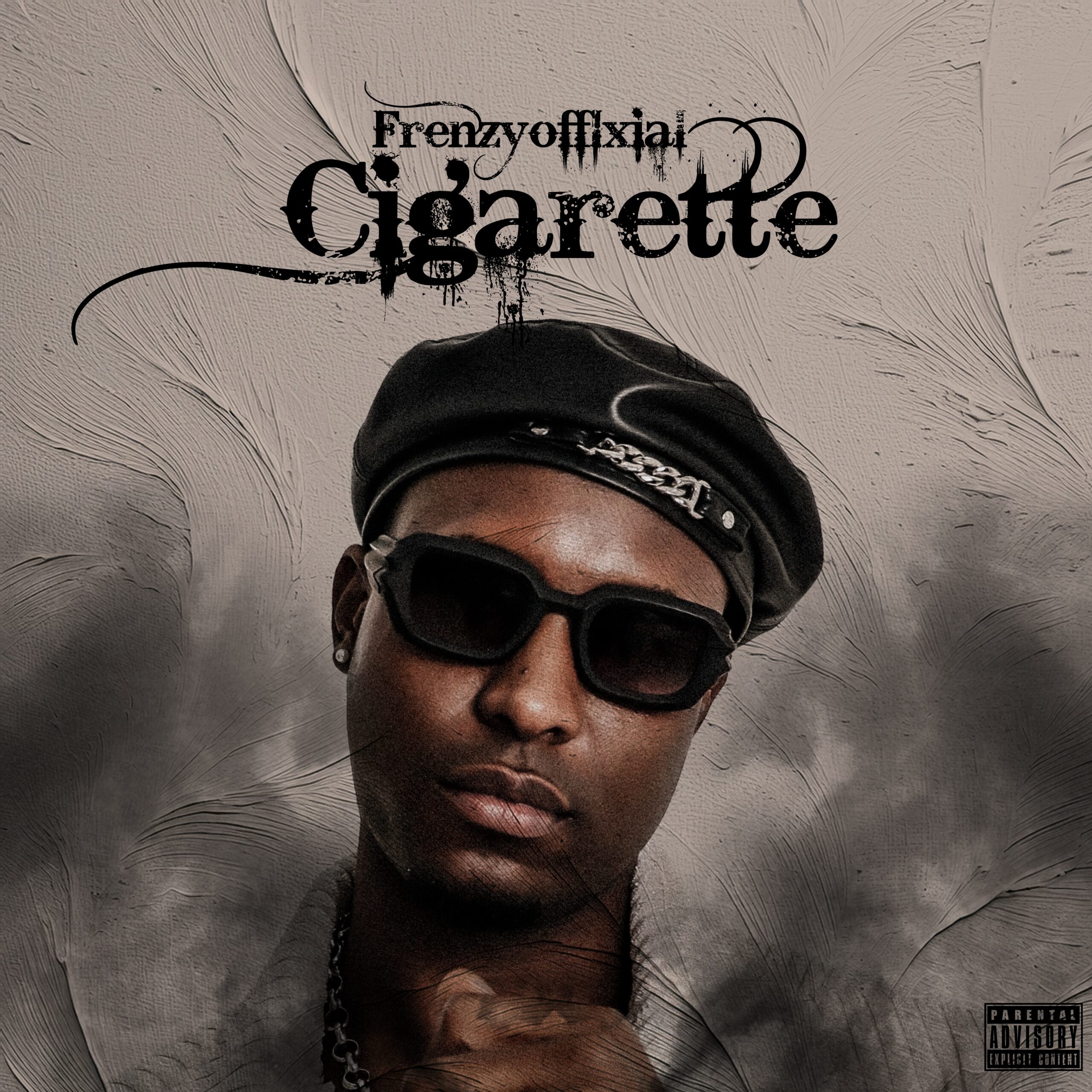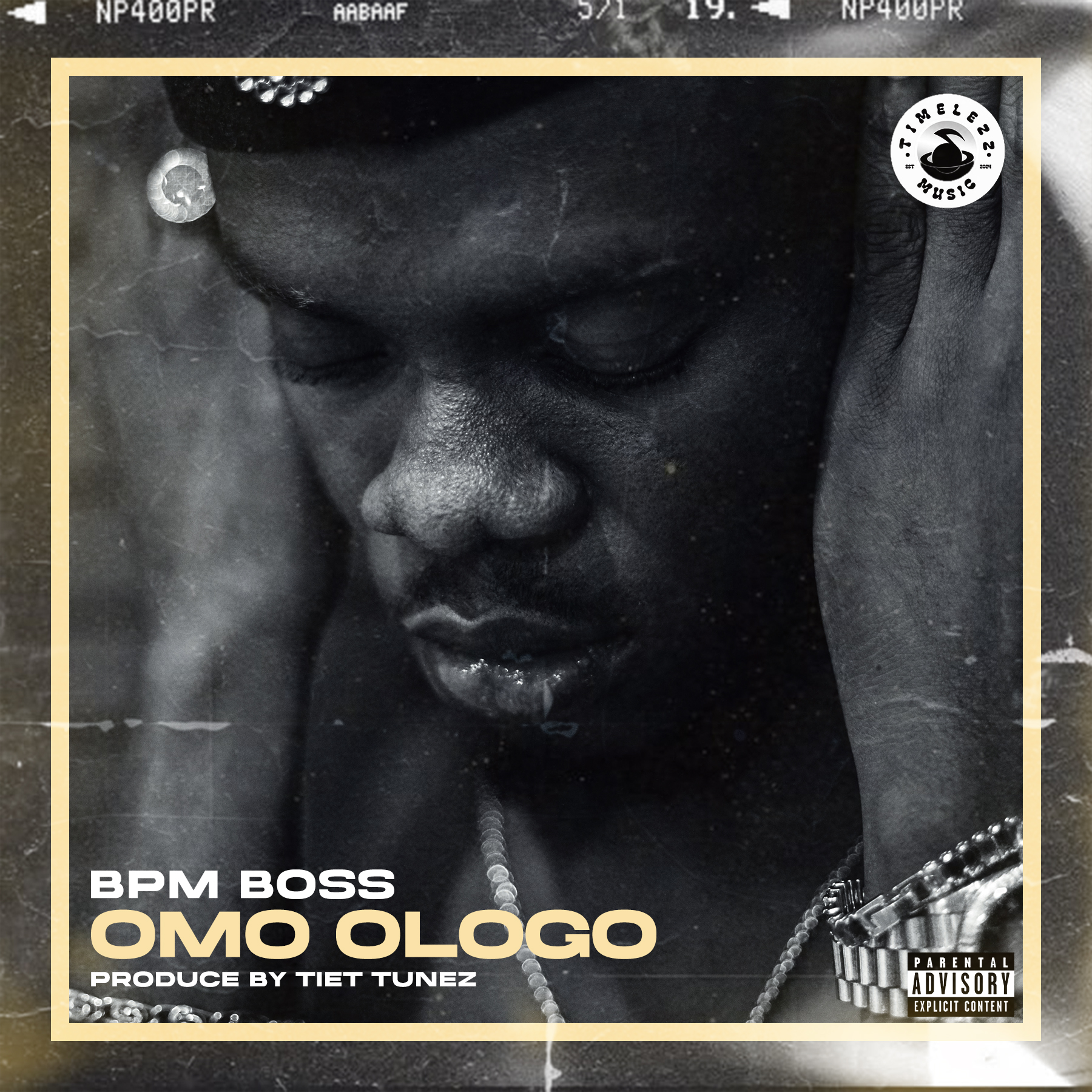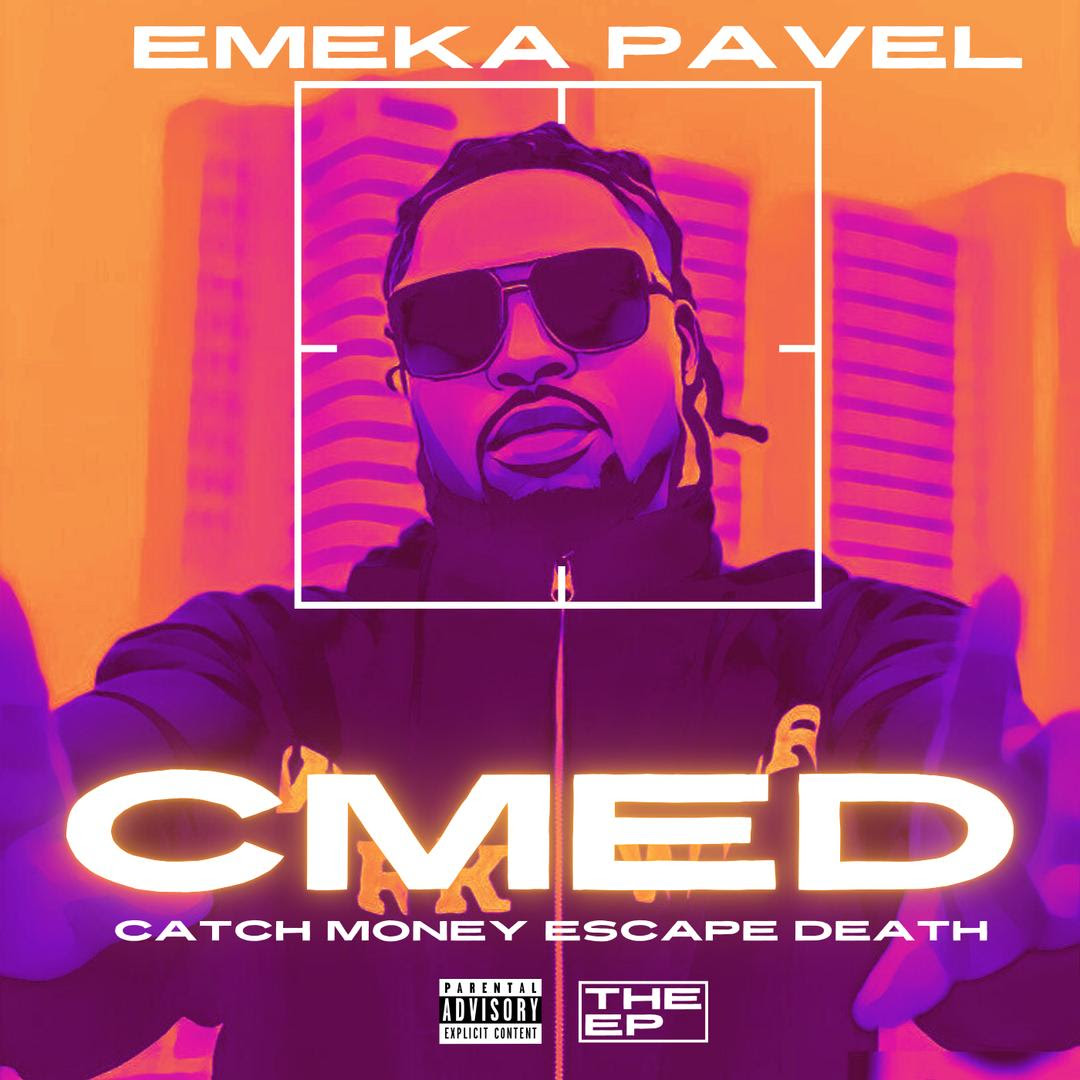According to the NGF analysis, states spent 1.22% of their health budget on medical equipment in just two years

According to the NGF analysis, states spent 1.22% of their health budget on medical equipment in just two years
36 states only allotted 1.22 percent of their health budget on medical appliances and equipment over a two-year period, according to the Nigeria Governors’ Forum’s report on health sector expenditure and institutional review.
“Public health services and health administration accounted for 61.83 percent of the aggregate health budget of the 36 States from 2021-2023, leaving 38.17 percent for hospital services (26.17 percent), outpatient services (10.5 percent), medical products, appliances, and equipment (1.22 percent), and health research and development (0.28 percent),” according to the state-level report that was obtained on Sunday.
Additionally, it reported that the 36 states in the federation spent N505 billion on health care in 2022, up from N484 billion in 2021, or 7% of their overall spending.
It showed that the 36 states allocated N923.31 billion for the sector in 2023, which was 83% more than the total amount spent in 2022.
According to the research, the sector’s budget performance averages about 63% annually, suggesting that real spending in 2023 may be significantly less than the N923.31 billion target.
The report emphasised that state governments spend an average of N14bn annually on health care, with wide variations from State to State. “Only 15 states had a Medium Term Health Sector Strategy covering at least the 2024 budget year. Evidence showed there were other cases of alternative planning documents and frameworks used internally by the health ministries to guide resource allocation for the sector. “Some of these alternative tools provide a prescription of the activities, outputs, and outcomes similar to what is attainable in the MTSS, although driven at the health ministry level,” it said.
It further stated that because the National Chart of Accounts was created using the international standard Classification of Functions of Government, which did not include these classifications of health spending, states are unable to display their health expenditures by particular services (such as primary care, secondary, and tertiary healthcare programs) and disease categories (such as infectious diseases, non-communicable diseases, and maternal and child health).
However, it stated that this problem will be resolved in subsequent years with the full execution of the NCOA’s program section.
The study also revealed that the sector’s average capital to recurring spending ratio is 33%:67%, suggesting that state governments are placing a higher priority on managing healthcare services. This tendency has not been followed by all states.
“Capital spending exceeds recurring spending in Ebonyi (85%:15%), Rivers (72%:28%), Kaduna (63%:37%), Delta (59%:41%), Sokoto (58%:42%), and Jigawa (55%:45%).”
However, the report pointed out cases where certain recurring items—like medications and medical supplies like PPE—were mistakenly classified as capital expenditures.
It made clear that 16 percent of state governments’ health budgets come from outside sources, such as grants, loans, and aid.
“Grant and international aid programmes were the primary sources of non-discretionary capital funding for most States, with less than a quarter of them, seeking loan options to finance their capital projects in the sector. This poor penetration could be attributable to constraints in procuring loans, or a disinterest in seeking alternative financing options,” it added.
Do you find Tmaq Media useful? Click here to give us five stars rating!




















